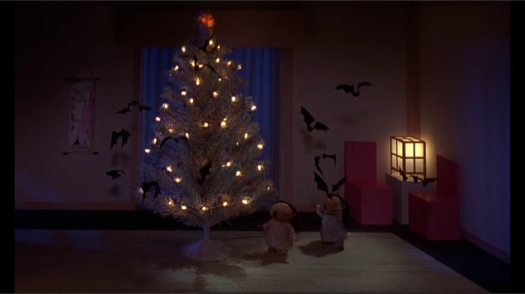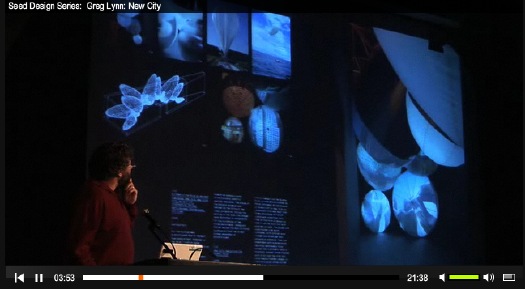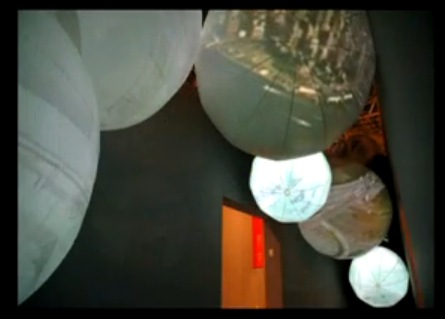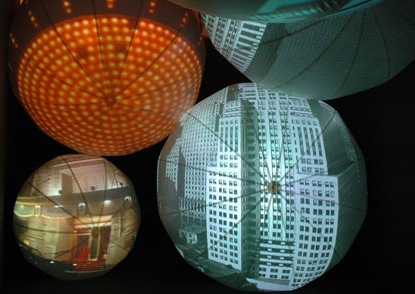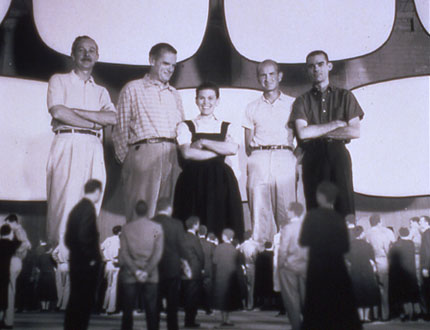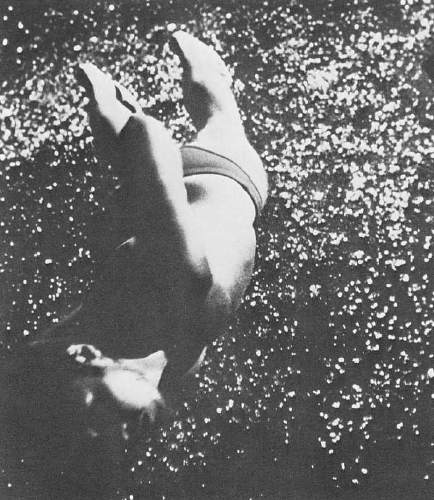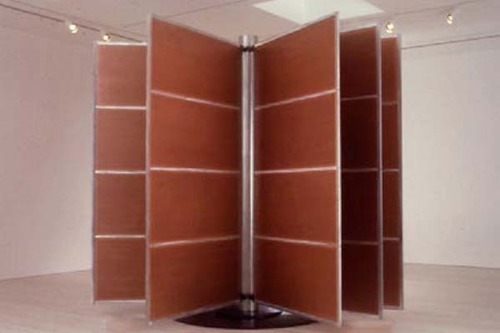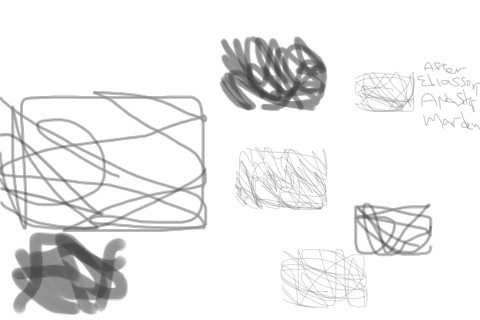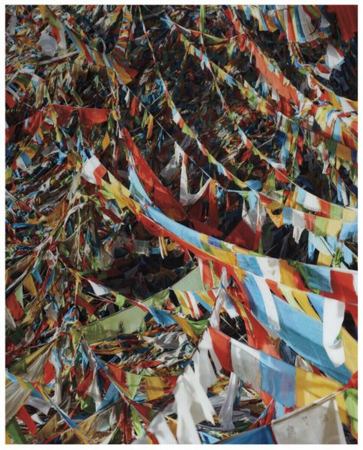It’s now known as “Theater Piece No. 1,” and it is considered to be the first multimedia happening. It included simultaneous solos of dance, poetry readings and a lecture, along with slides, film, painting, and phonographic recordings.
But if John Cage called it anything at all, or if anyone referred to it as anything at all–and it’s not clear that anyone did at the time–it was just 1952 Untitled Event at Black Mountain College. And no one can quite agree how long it lasted, or even when it actually took place, but the best guess is probably early August, maybe on the 16th, in 1952.
The most complete synthesis of documentation and recollections of the event is probably William Fetterman’s 1996 book, John Cage’s Theatre Pieces, which says that only around 35-50 people–including faculty, students, and locals–attended.
There was reportedly? probably? no score at the time, but that wasn’t a big shock to longtime Cage collaborators like David Tudor: “He distributes a plan that you can use or not, but it’s just a piece of papers with some numbers on it. This kind of thing doesn’t get documented, and it gets lost.” Cage created the first of two complex scores for “Theater Piece No. 1” in 1960.
Here’s how Cage himself remembered it in 19:
At one end of the rectangular hall, the long end, was a movie, and at the other were slides. I was on a ladder delivering a lecture which included silences, and there was another ladder which M.C. Richards and Charles Olson went up at different times… Robert Rauschenberg was playing an old-fashioned phonograph that had a horn, and David Tudor was playing piano, and Merce Cunningham and other dancers were moving through the audience. Rauschenberg’s pictures [the White Paintings] were suspended above the audience…They were suspended at various angles, a canopy of paintings above the audience. I don’t recall anything else except the ritual of the coffee cup. (Kirby and Scheckner 1965, pp. 52-3)
The movie, black and white silent footage of a work in progress by Nicholas Cernovitch, was apparently projected on the ceiling, and then it moved down the wall. Scenes included the setting sun, and the cooks at BMC, a couple named Cornelia and George. Who, I would assume, lived in the house Lawrence Kocher designed for the kitchen staff.
There is at least one recollection that the event also included a black & white painting by Franz Kline. I’m on the road, so I don’t have my copy of Hopps’s Rauschenberg in the 1950s catalogue handy, but I remember a dispute over whether Rauschenberg’s all-white paintings were considered or used as projection screens for the event’s multimedia components. Cage credited the White Paintings with prodding him to compose 4’33”.
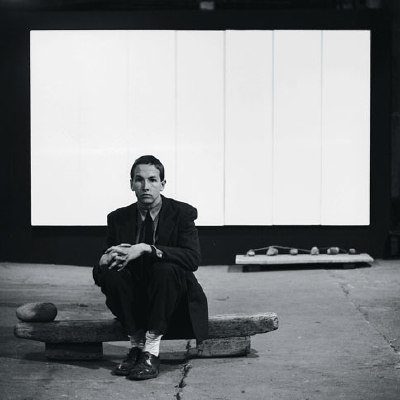
Cernovitch summed up the various audience reactions rather succinctly: “Nobody knew we were creating history.”
And they weren’t, at least until Cage began teaching the event at his legendary New School classes several years later to students who would be among the first performance artists, including Allan Kaprow, George Brecht, and Al Hansen.
Buy Fetterman’s John Cage’s Theatre Pieces [amazon]
Or preview most of the account of 1952 Untitled Event, beginning on page 97 [google books]
[image: Bob at Stable Gallery in 1953, by Allan White for LIFE]

